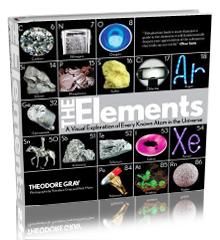Linotype printing block. | |||
| Sample Image | Spin Video | QuickTimeVR Rotation | |||
| Linotype printing block. See previous sample for more about where this printing block came from. This block represents the newest lead-type printing technology (developed around 1900): Each line of type is a single block of lead, which has been cast from a set of individual letter molds assembled in the right order. The lines are then stacked together to form a whole block, in this case for printing the title page of a student report card. Because I got this at an auction, and because I didn't see any form of Linotype machine at the auction, I don't know exactly what brand or technology was used to create it: I'm using the word Linotype generically to represent an automated line-of-type machine. Since the shop apparently didn't have one of these machines (they are rather large and very complicated, while this was a fairly small and simple printing shop), I wonder if they might have used some kind of typesetting service to make the lines of type for them. But that's just speculation, I have no idea if such services even existed. Here's a picture that has been mirrored horizontally so you can read what it says (the actual printing block, as seen in the main sample image, is of course mirror-reversed, so the text will come out right when applied to paper): Source: Auction Contributor: Theodore Gray Acquired: 1 July, 2007 Text Updated: 1 July, 2007 Price: $1 Size: 3" Purity: 85% | |||
|

